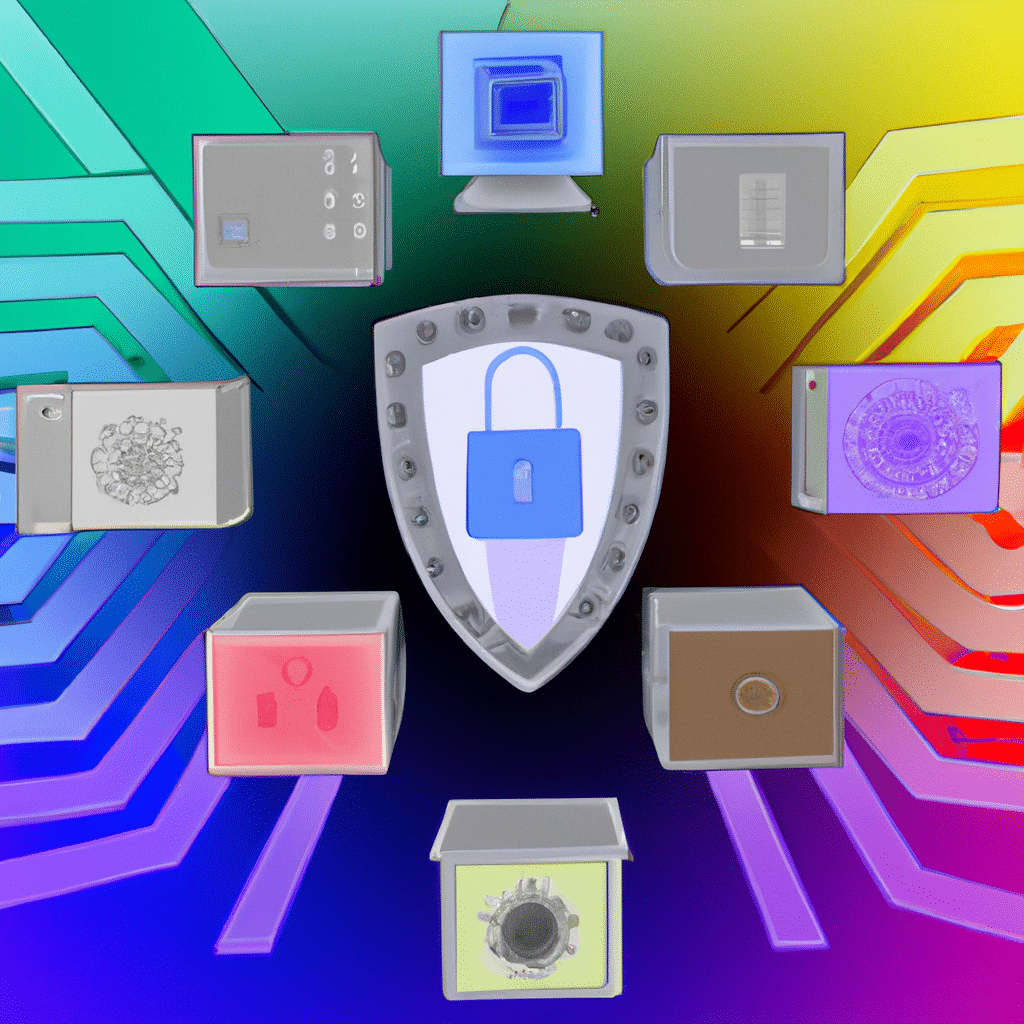How to Create an Effective Cybersecurity Strategy for Your Business
In today’s digital age, cybersecurity is more important than ever. With the rise of cyberattacks, it’s essential to have a robust cybersecurity strategy in place to protect your business from potential threats. In this article, we’ll discuss how to create an effective cybersecurity strategy for your business.

Understanding Cybersecurity
Before we dive into creating a cybersecurity strategy, it’s essential to understand what cybersecurity is and why it’s important. Cybersecurity refers to the practice of protecting electronic devices and networks from unauthorized access, theft, and damage. Cybersecurity is critical because it protects the confidentiality, integrity, and availability of information.
Evaluate Your Current Cybersecurity Measures
The first step in creating an effective cybersecurity strategy is to evaluate your current cybersecurity measures. This evaluation will help you identify any potential vulnerabilities or weaknesses in your current system. Start by assessing your existing hardware, software, and network infrastructure. Identify any outdated or unsupported systems that may pose a threat to your business.
Next, evaluate your current cybersecurity policies and procedures. Are they up-to-date and effective? Do they address the latest threats and vulnerabilities? Identify any potential gaps in your policies and procedures and make the necessary updates.
Develop a Comprehensive Cybersecurity Plan
Once you’ve evaluated your current cybersecurity measures, it’s time to develop a comprehensive cybersecurity plan. This plan should include policies and procedures that address the various aspects of cybersecurity, including hardware, software, network infrastructure, and employee training.
When developing your cybersecurity plan, consider the following:
Risk Assessment
Conduct a risk assessment to identify potential threats and vulnerabilities to your business. This assessment should include an analysis of your hardware, software, network infrastructure, and employee practices. Once you’ve identified potential risks, develop strategies to mitigate them.
Access Control
Implement access control policies and procedures to manage who has access to your business’s information and systems. This includes implementing strong passwords, two-factor authentication, and limiting access to sensitive information.
Data Backup and Recovery
Develop a data backup and recovery plan to ensure that your business can recover from a cyberattack or other disaster. This plan should include regular backups of your business’s critical data and a strategy for restoring that data in the event of a loss.
Employee Training
Train your employees on cybersecurity best practices, including how to identify and avoid phishing scams, how to create strong passwords, and how to report suspicious activity.
Incident Response Plan
Develop an incident response plan to guide your business’s response to a cyberattack or other security incident. This plan should include procedures for identifying and containing the incident, notifying appropriate parties, and restoring normal operations.
Implement Your Cybersecurity Plan
Once you’ve developed your cybersecurity plan, it’s time to implement it. This process may involve upgrading your hardware and software, implementing new policies and procedures, and training your employees on best practices.
It’s essential to monitor your cybersecurity plan regularly and make updates as necessary. Cybersecurity threats are constantly evolving, so it’s critical to stay up-to-date on the latest trends and adjust your cybersecurity plan accordingly.
Conclusion
Creating an effective cybersecurity strategy is critical for protecting your business from potential threats. By evaluating your current measures, developing a comprehensive plan, and implementing that plan, you can help safeguard your business’s information and systems. Remember to regularly monitor and update your cybersecurity plan to stay ahead of potential threats.












